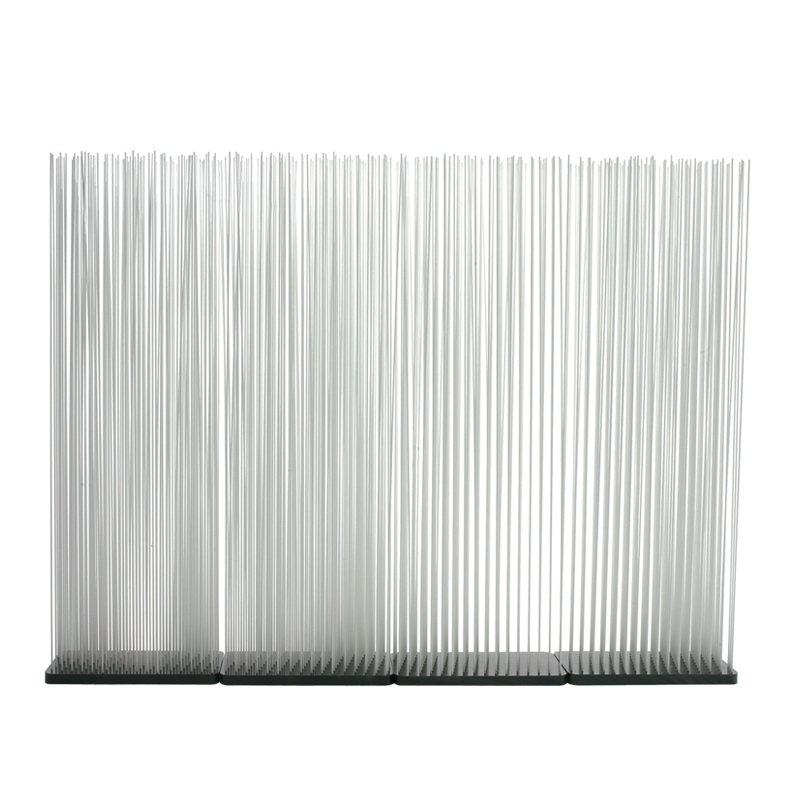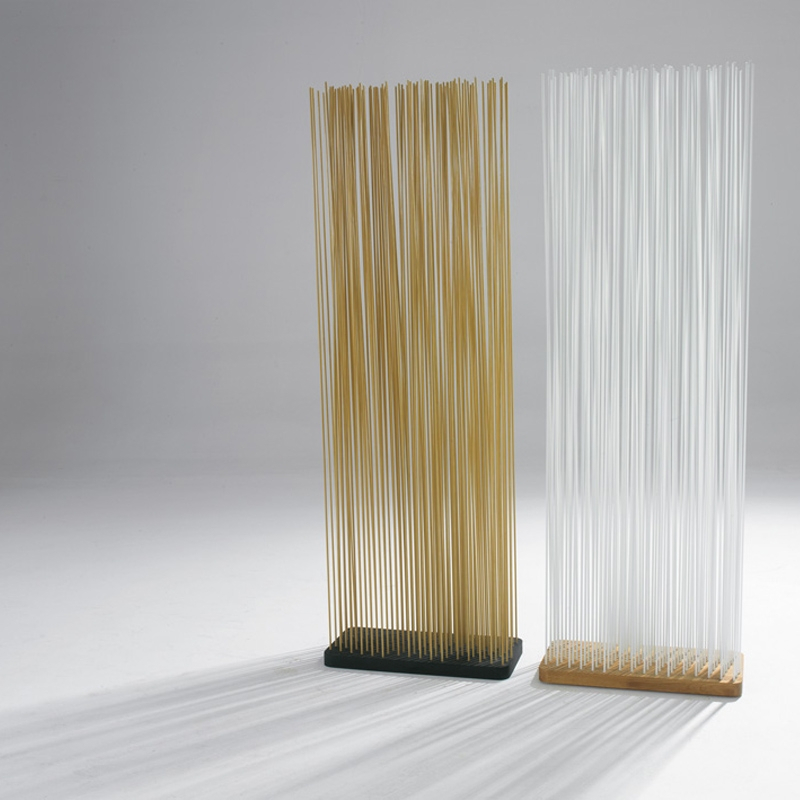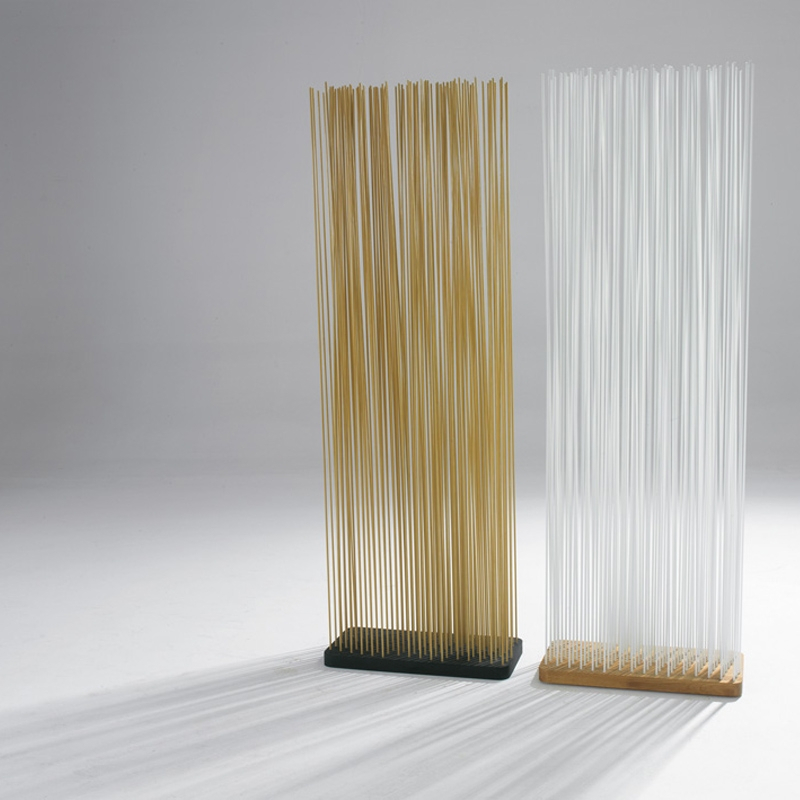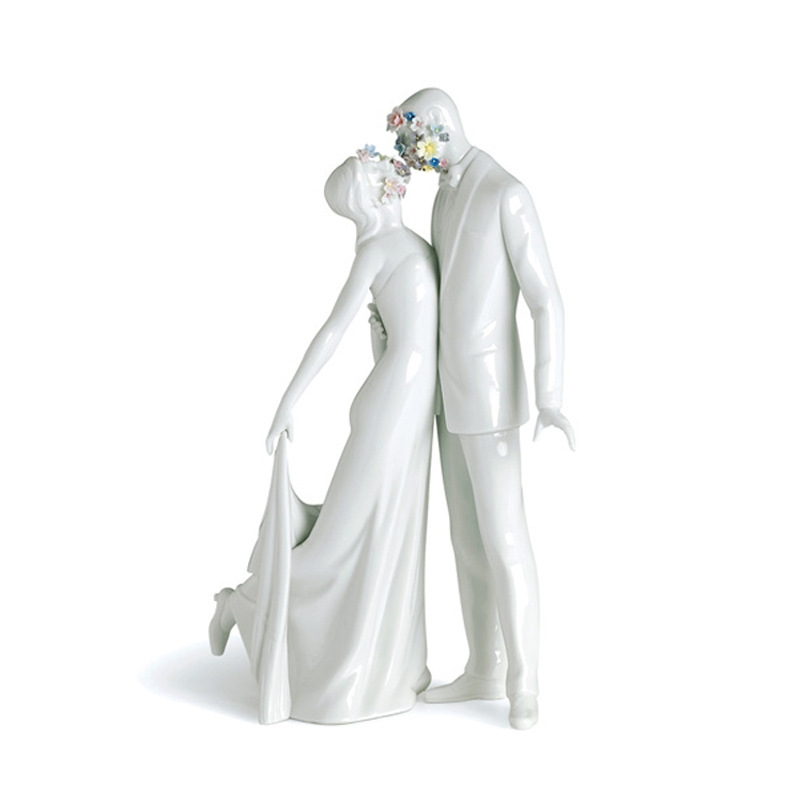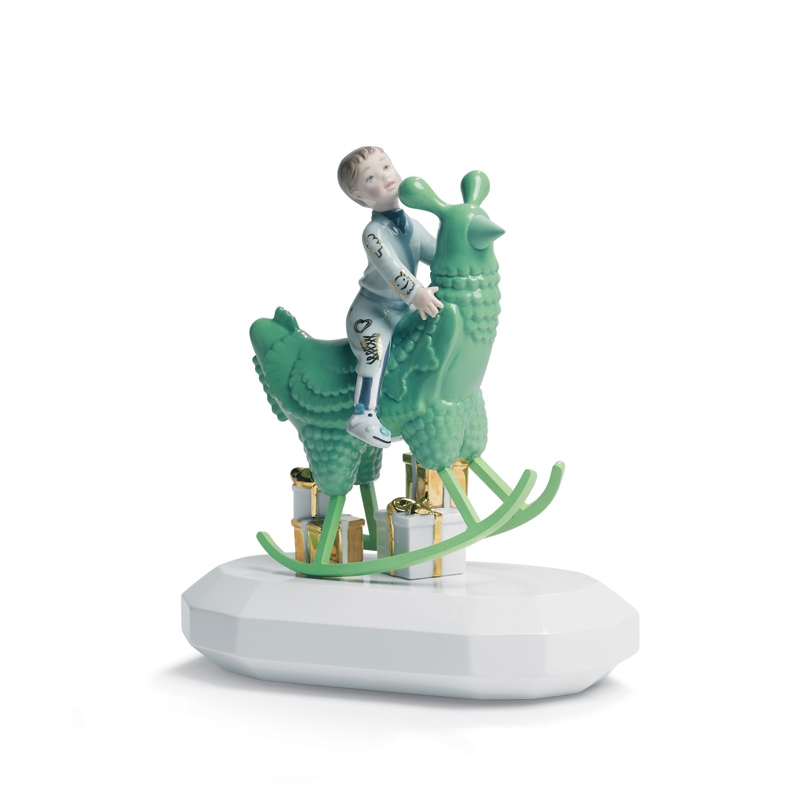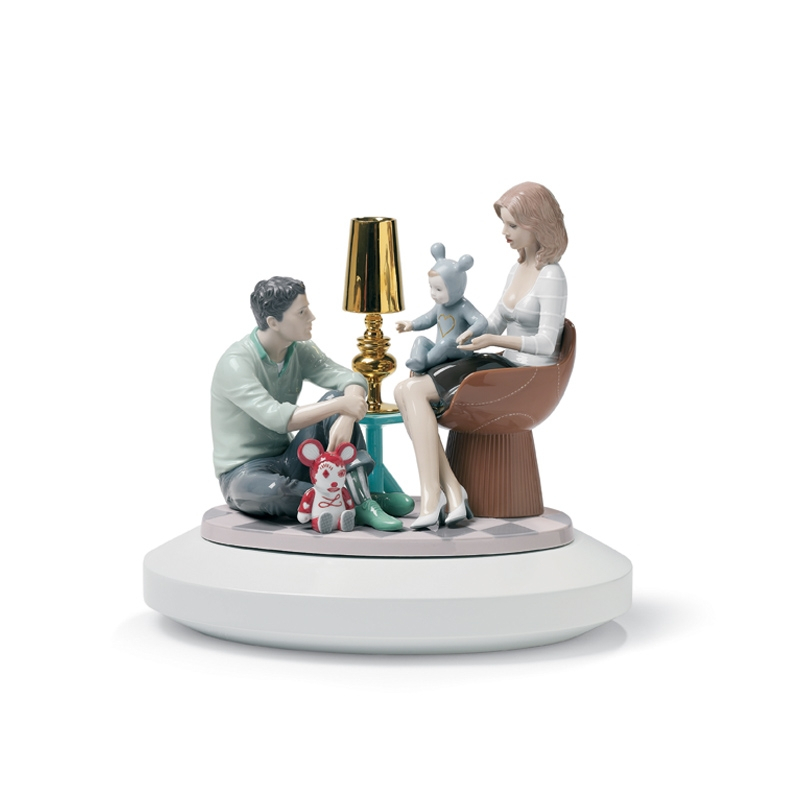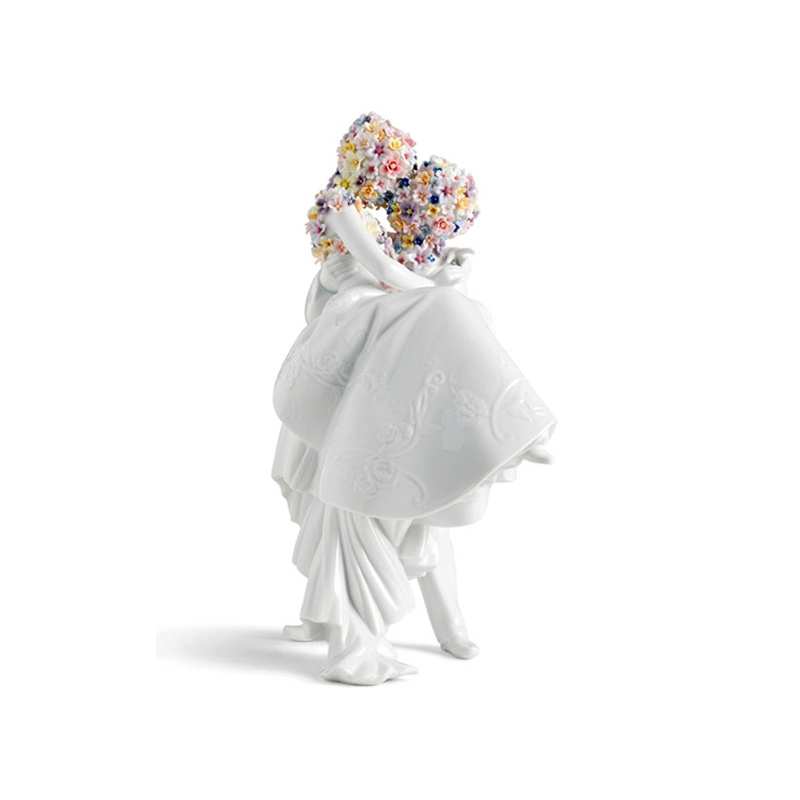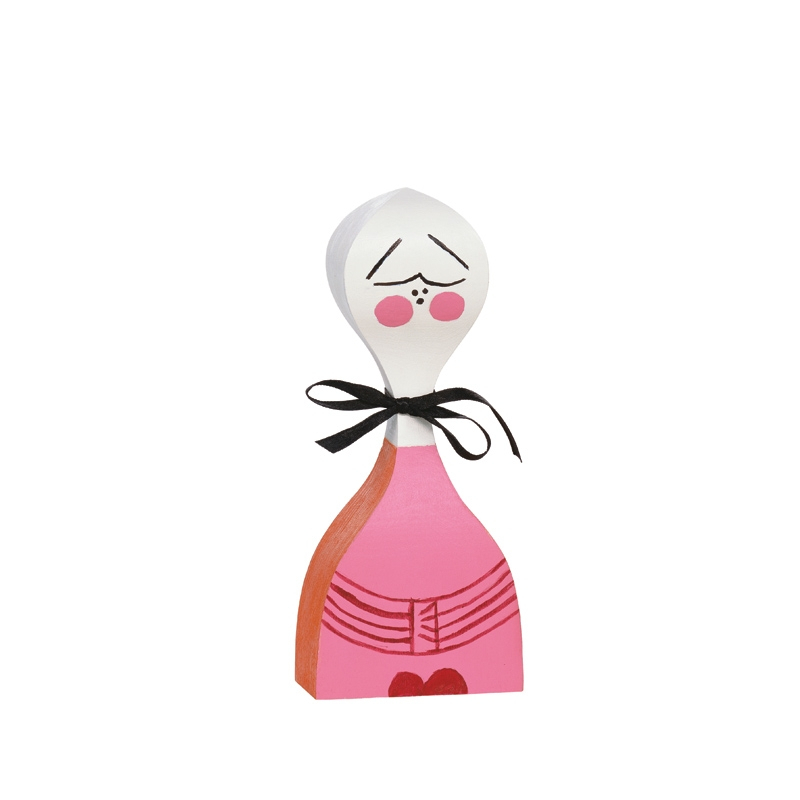- wishlist
-
Cart
Your cart is empty.
menu overlay
menu overlay
Already a customer?
New customer?
Enjoy all the benefits we offer and track your purchases in the order history.
Registermenu overlay
Reset my password
You will receive a link by email to reset your password.
Decorative Objects WOODEN DOLL No. 6 VITRA
£129.00
£107.50 HT
or in

WOODEN DOLL No. 6
WOODEN DOLL No. 6
£129.00
£107.50 HT
£129.00
£107.50 HT
Description
Inspired by his vast collection of popular art, architect and designer Alexander Girard created the Wooden Dolls for his own home in Santa Fe, for his personal use only. In between a decorative object and a toy, Wooden Dolls are now available to the general public, to enrich your interior design. The Wooden Dolls are part of the internationally recognised Vitra Design Museum collection and are exhibited in many museums and design galleries. These little dolls, hand-made and hand-painted in solid pine wood, are sold in their printed wooden case. The Wooden Dolls will undoubtedly charm you, whether you have one or several, because these unusual objects are, according to the designer: “a microcosm of the human world and dreams, they represent fantasy, imagination, humour and love”.
Colour
multicolor
Material
wood
Dimensions
l 7 x D 4.5 x H 17.5 cm
Finish
hand-painted solid pine
Availability
4 to 6 weeks
- Home
- ▸
- Decorative Objects
- ▸
- WOODEN DOLL No. 6
What you think of it
Delivery Terms
Delivery possible within 48 hours for in-stock products.
You will also like
By the same designer
menu overlay
Quote request
You will receive a response from us within 24/48 hours
Your contact details

Decorative Objects
WOODEN DOLL No. 6
VITRA
£129.00 TTC
£129.00 HT
In stock
In stock
£129.00 TTC
£129.00 HT
Total items :
£129.00
Taxes
0 €
Total (VAT incl.)
£129.00



























